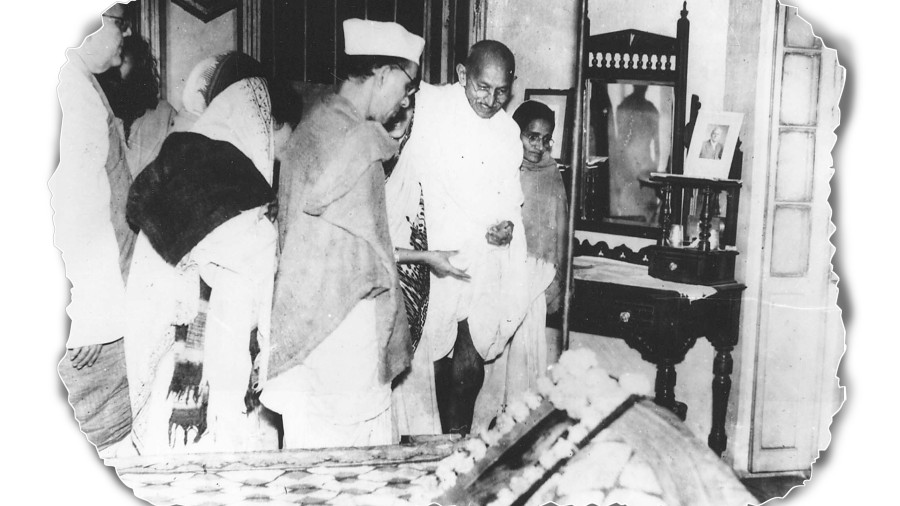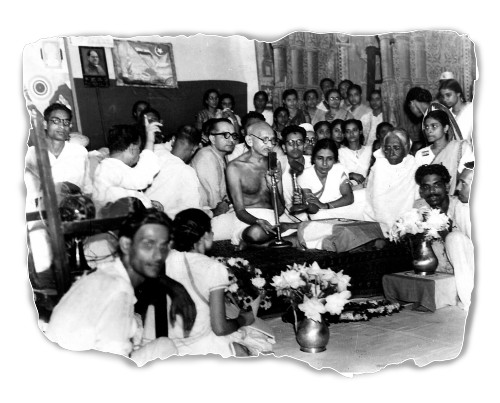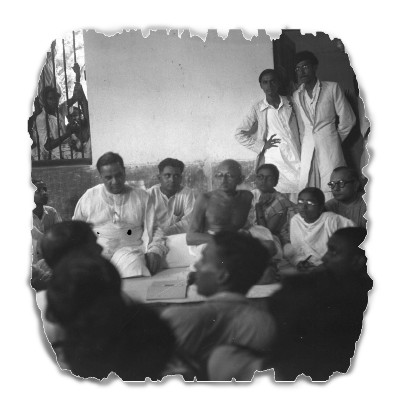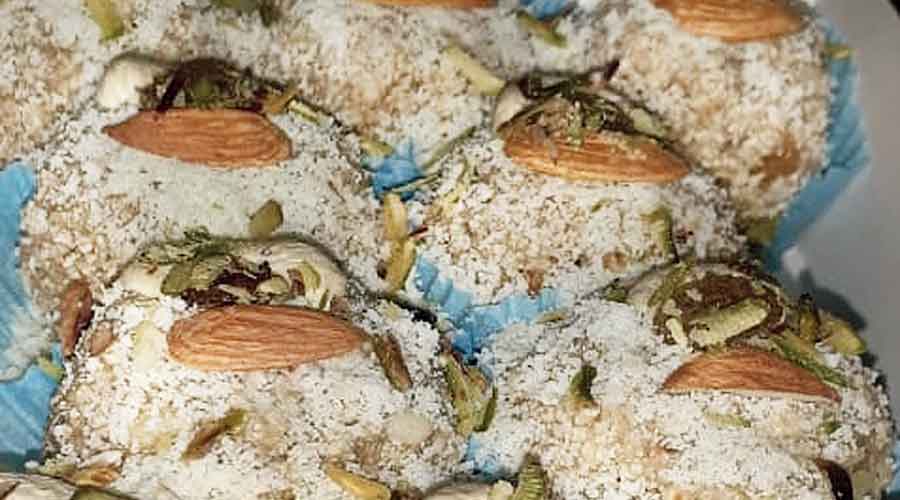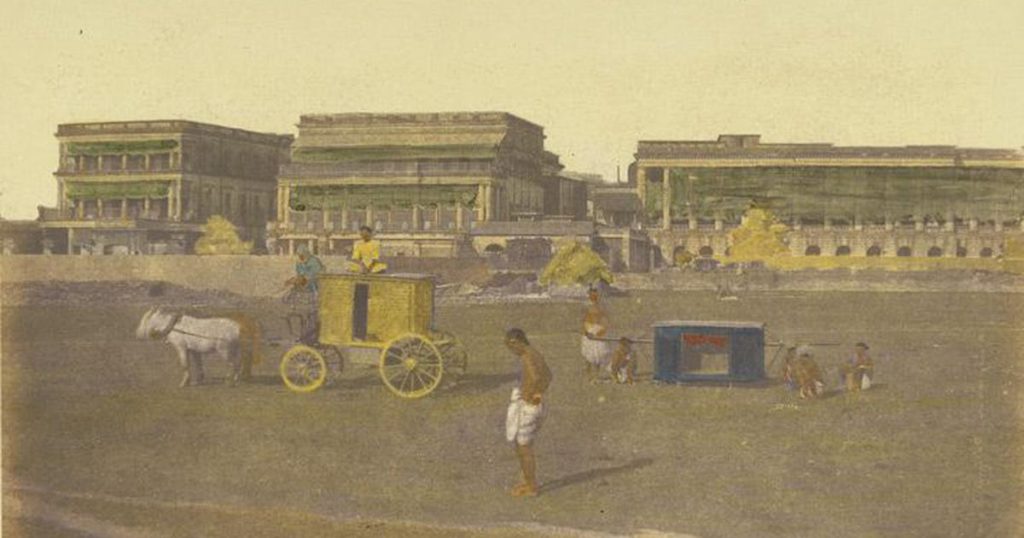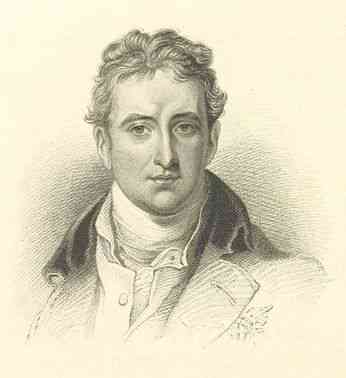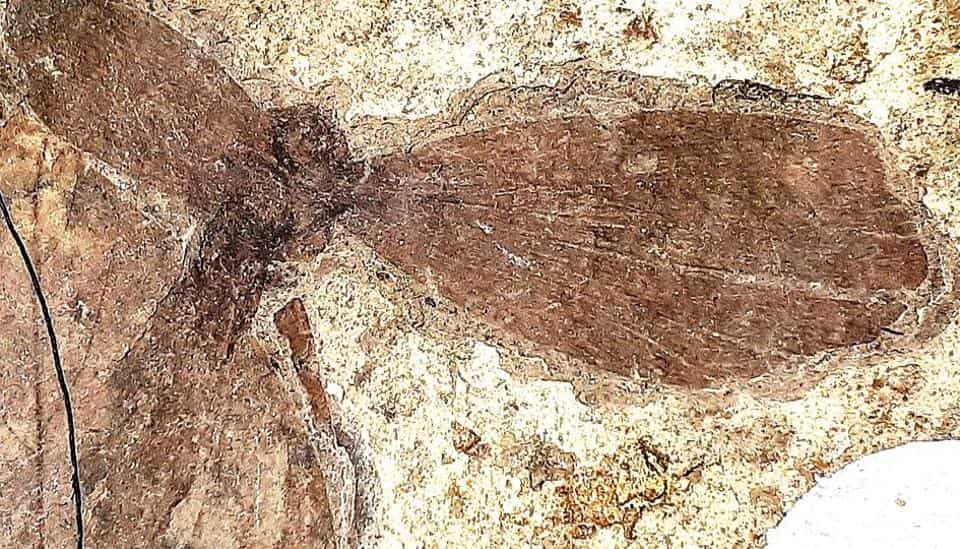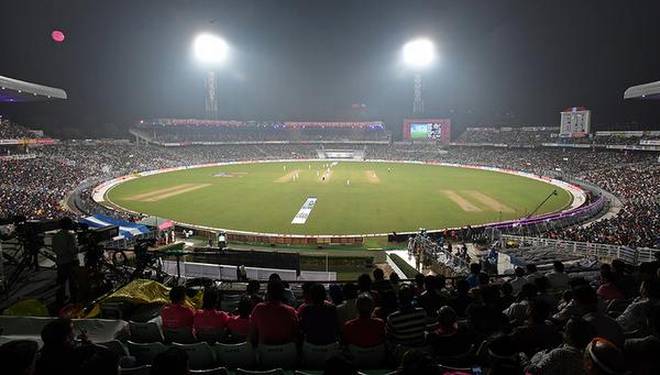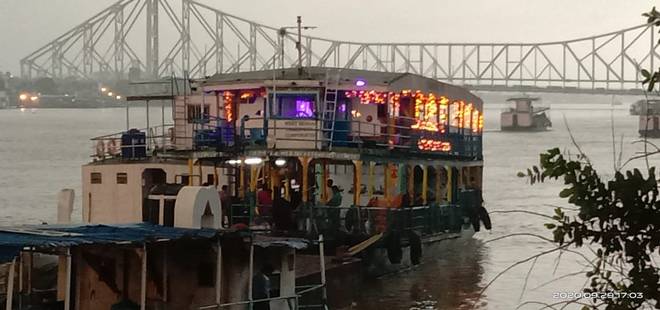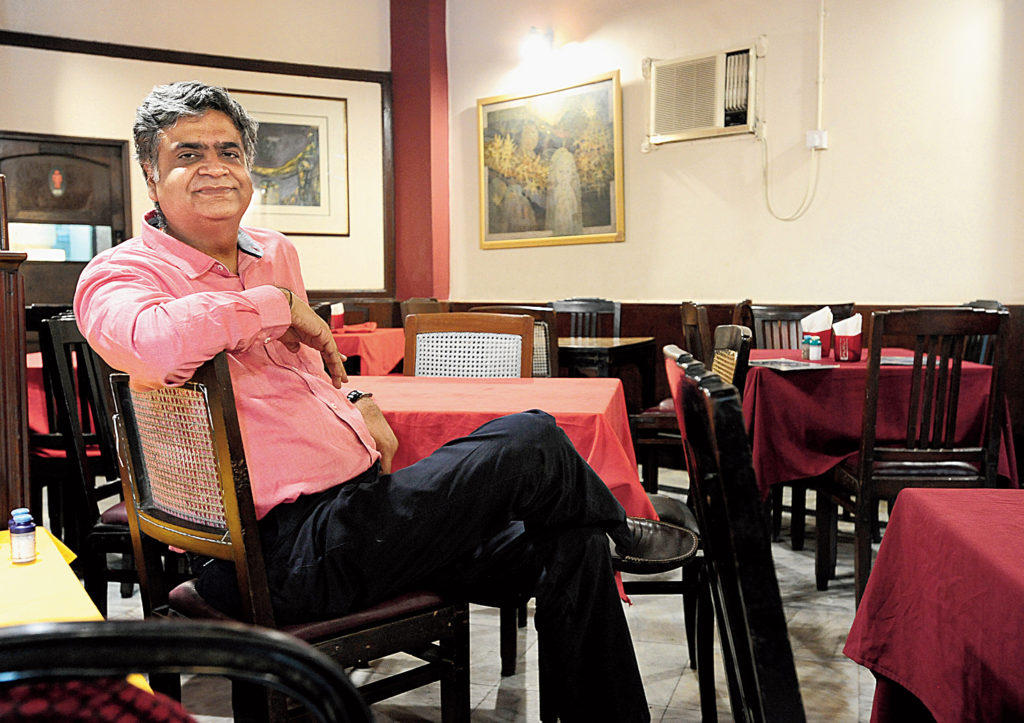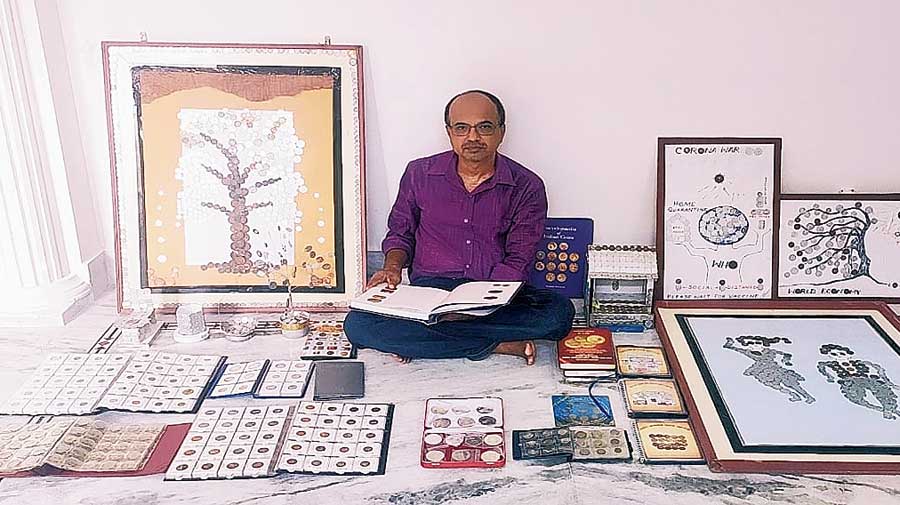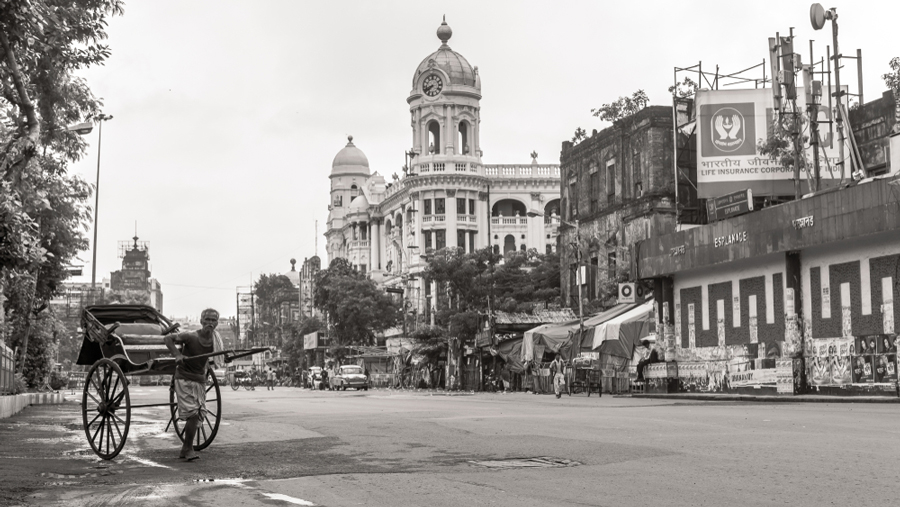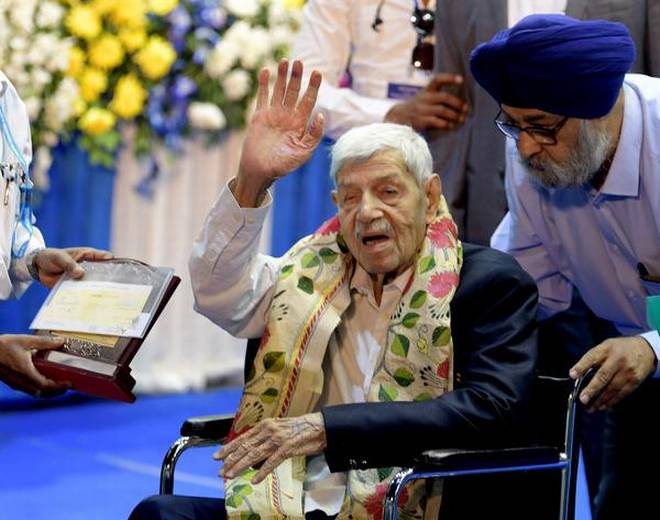
He was part India’s historic feat at the 1948 Olympics where they beat home team Britain 4-0 at the Wembley Stadium in London to win the first gold post Independence.
Two-time Olympics gold medallist Keshav Chandra Datt, the last surviving member of the Indian hockey team in the historic 1948 London Games, passed away here early on Wednesday, according to a Hockey Bengal (HB) statement. He was 95.
An HB official said Datt’s last rites would be performed after the arrival of his daughter Anjali from abroad in a few days’ time.
A product of the famous Government College, Lahore — which also produced Olympians like Syed Jaffar, Commander Nandy Singh and Munir Dar — Datt, born in Lahore on December 29, 1925, participated in the 1948 London and 1952 Helsinki Games respectively.
Some claim that he could not take part in his third Olympics, in Melbourne in 1956, due to “professional commitments with Brooke Bond”.
Datt — who migrated to India after the partition and played in Bombay and then in Bengal — was part of the Dhyan Chand-led Indian squad that toured East Africa in 1947. As a half-back, he played in 22 matches and scored two goals.
In 1949, Datt had the honour of playing against hockey wizard Dhyan Chand, who led the Rest of India squad, in two exhibition matches here.
First, Datt was part of the 1948 Olympics squad and in the second he was a member of the Bengal team.
In his autobiography Goal, Dhyan Chand rated Datt as one of the finest half-backs of that time.
Best moments
Defeating host Great Britain 4-0 in the final at the Empire Stadium, Wembley, London, to win Independent India’s first gold in 1948 on the British soil and then thrashing the Netherlands 6-1 four years later in Helsinki to bag the second consecutive Olympic Games title were the finest moments of Datt’s career.
By the age of 26, he had the prized possession of two Olympic gold medals.
He was among the last ones to witness India’s monopoly in the Olympics as it faced some challenge in the 1956 Games where it experienced tight matches — including 1-0 wins over Germany and Pakistan in the semifinals and final respectively.
Datt shone in his club career as well.
“While playing for Calcutta Port Commissioners, he impressed famous actor and Mohun Bagan Hockey secretary of that time, Jahar Ganguly. He joined Mohun Bagan in 1951 to respect the wishes of Ganguly and played till 1960.
“In 1952, Mohun Bagan achieved the first double in hockey when it lifted the Beighton Cup for the first time along with the Calcutta Hockey League (CHL),” the Bagan website said.
Datt won CHL six times and the Beighton Cup three times in his 10-year Bagan career. He was the first non-football sportsperson to be conferred the Mohun Bagan Ratna, in 2019.
Datt represented Punjab (in undivided India), Bombay and Bengal in the National championship.
Badminton player
He was also an accomplished badminton player and was Bengal No.1 of his times.
Datt’s passing away snaps the only living link with Independent India’s first sporting glory.
source: http://www.thehindu.com / The Hindu / Home> Sport> Hockey / by Y.B. Sarangi / Kolkata – July 07th, 2021
